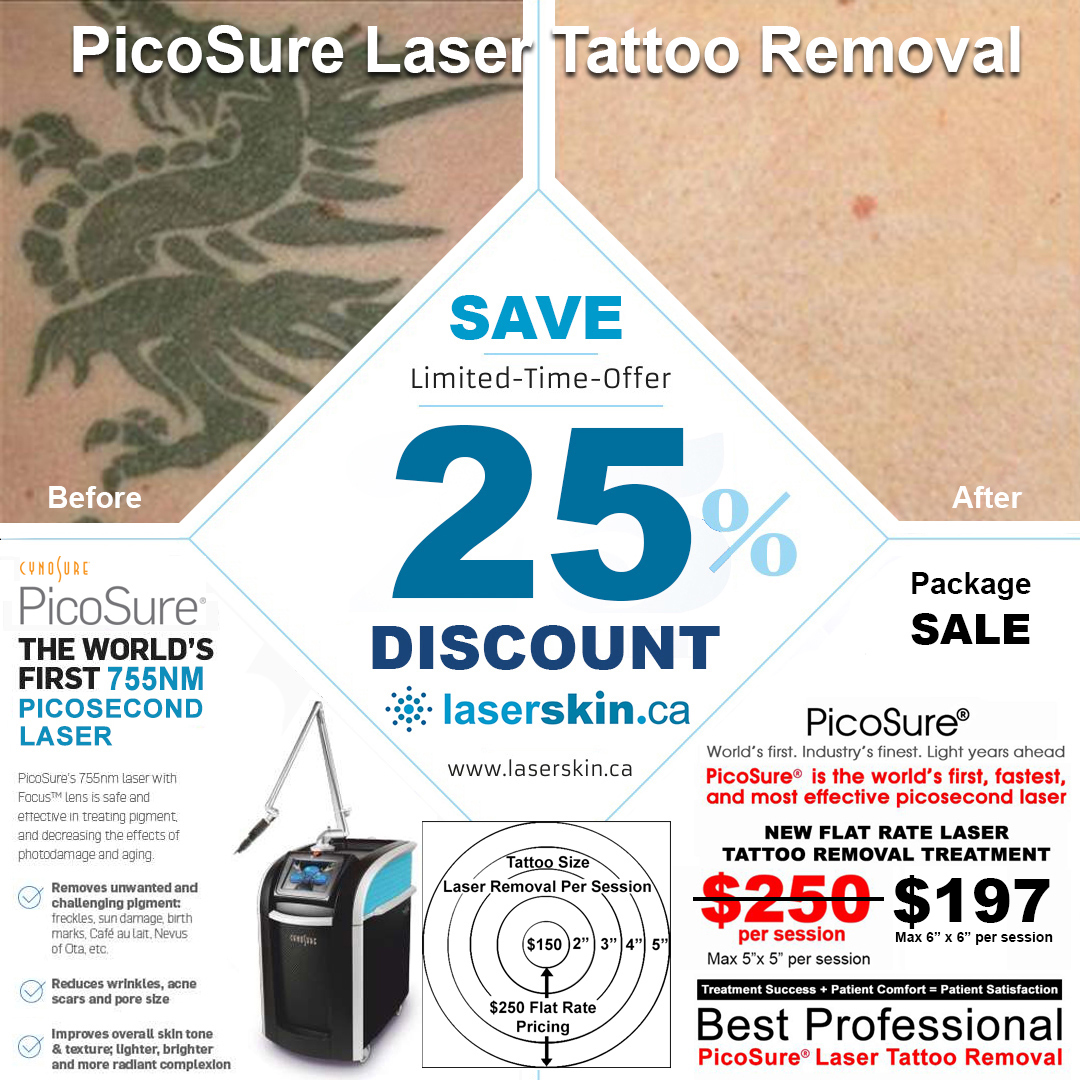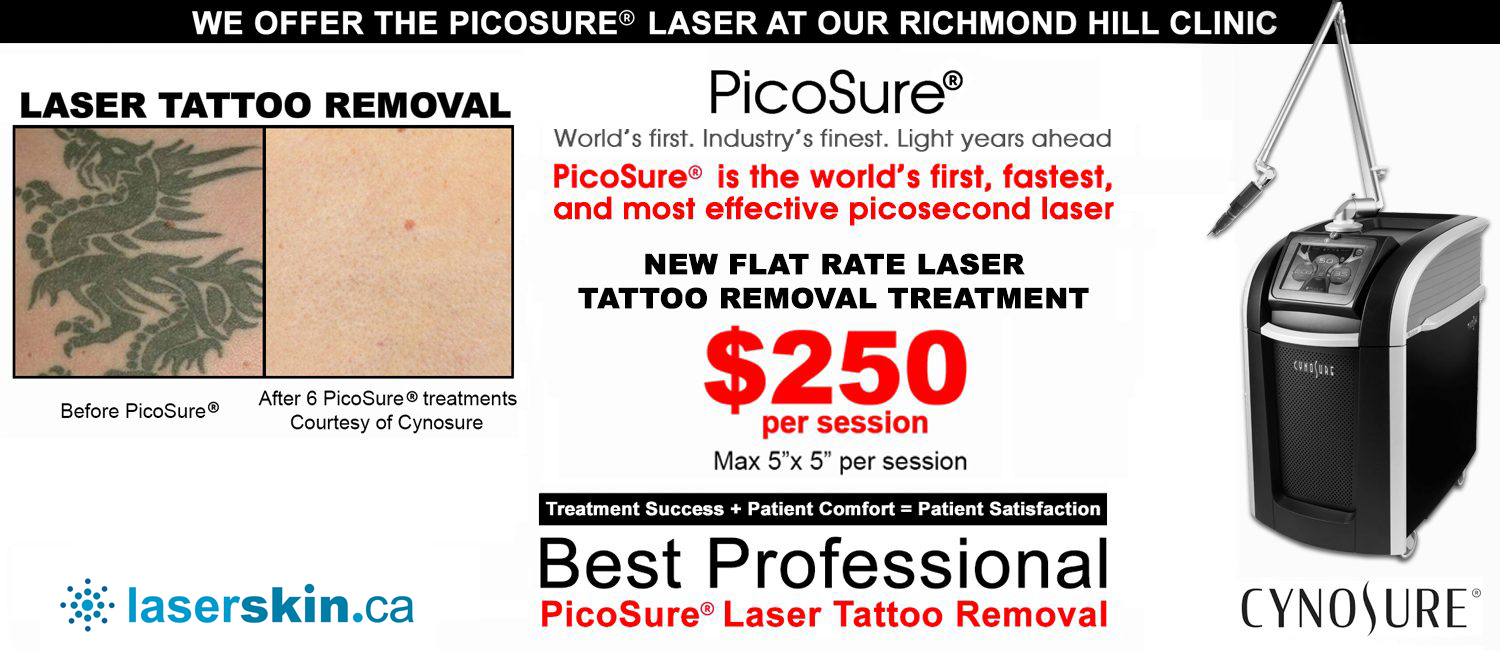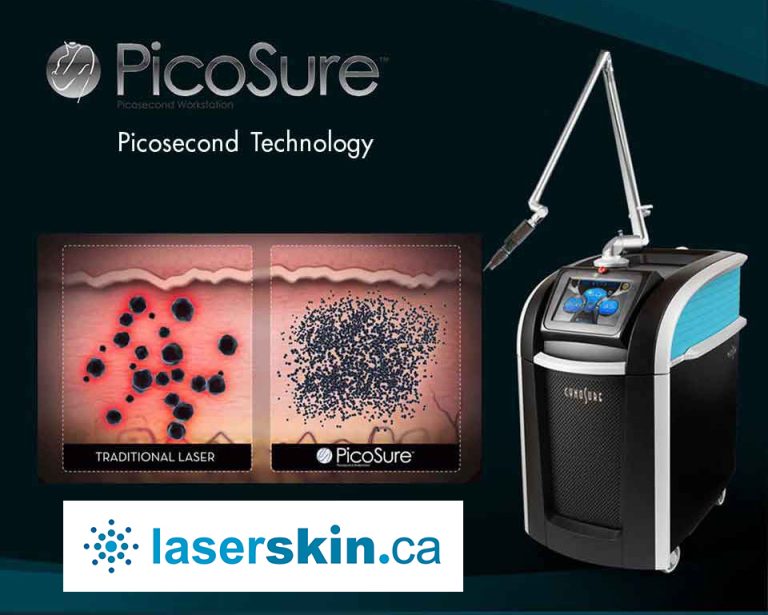How Much Does Tattoo Removal Cost Are you thinking about having some tattoos removed? Removing tattoos can be done via dermabrasion, surgical excision, or laser technology. The majority of tattoos can be removed. However, some are far more difficult to do so than others. For instance, stick-and-poke and older tattoos are simpler to get rid […]
Tattoo Removal Price
Tattoo Removal Price Do you have tattoo remorse but hesitate to have it removed because of the high cost? Believe it or not, you have company. Many people walk around with unwanted tattoos. Nonetheless, if you live in or around Toronto, you may visit a laser skin clinic for low-cost laser tattoo removal. Laser tattoo […]
Picosure Tattoo Removal Toronto
Picosure Tattoo Removal Toronto Laser tattoo removal is costly, inconvenient, and time-consuming. However, it is the finest option. Tattoos have traditionally been treated using Q-switched nanosecond lasers. Q-switched lasers heat tattoo pigment particles in billionths of a second. PicoSure lasers are quicker because they produce high energy in trillionths of a second. Compared to Q-switched […]



